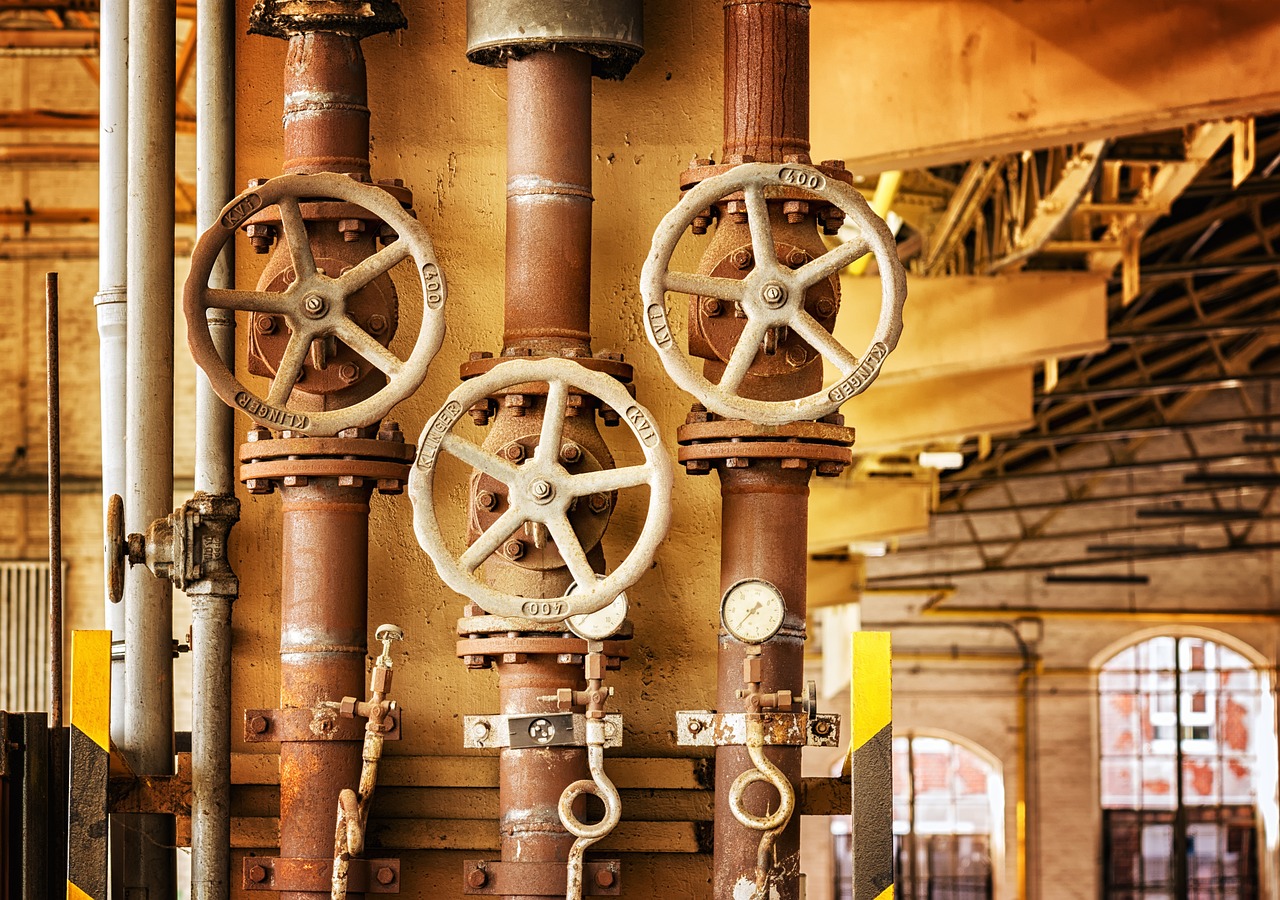Industrial infrastructure requires unique maintenance needs. Many of these facilities cannot afford extensive downtime or excavation. Their pipelines are their way of life. Many times they also affect numerous people outside the facility. Understanding solutions like industrial CIPP makes way for the industry to seek much-needed repairs. Yet it provides convenience and simplicity in the process.
We invite you to check out this comprehensive guide about cured-in-place piping for industrial locations.
What Exactly is Industrial CIPP?
The term CIPP stands for “cured-in-place pipe.” It’s a trenchless solution that can be used on nearly any type of pipeline. Industrial cured-in-place pipe simply refers to its use in an industrial setting. The trenchless solution uses a seamless resin-covered liner to make repairs. The liner is inserted into an existing pipeline and cured.
The results? A seamless, durable new pipe material that will last for 50+ years.
Common Applications
You will find that these solutions can be used across a wide array of industries. Here are some examples.
- Manufacturing processes and facilities, including wastewater, chemicals, and other fluids
- Oil and gas transport
- Conveyance of utilities such as stormwater, sewer, water mains, and more
- Petrochemical use for carrying acids, solvents, and chemical compounds
Benefits of Industrial CIPP
There are many benefits to cured-in-place pipe methods. This is why so many facilities have started using this approach. Let’s go over the benefits:
- Minimal disruption
- Cost-effective
- Long-lasting
- Versatile
Where most methods require excavation, CIPP does not. Instead, it can be applied through an access point or a manhole. Because no excavation is required, costs are extensively reduced. You don’t have to shut down extensively or bring in heavy equipment and extended labor.
CIPP has been shown to last for 50+ years. It’s not just a band-aid fix. It’s like placing new pipelines with recycling of existing materials. To wrap it all up, CIPP can be used for just about any pipeline. This covers diameters, configurations, materials, uses, and more.
How It Works
So how does it work? It’s a simple process. Here is a quick look at the general process. Keep in mind that your provider will determine the exact steps for your facility.
- A video inspection is completed. This provides a clear view of the pipeline to understand the layout and issues.
- The pipe is cleaned and prepared. Cleaning removes debris, corrosion, scaling, and more so the liner can adhere without a hitch.
- Then we insert the liner using modern technology. This liner has a resin coating.
- Once we place the liner, we give it time to properly cure. Curing time can vary. The use of UV technology improves the time.
- We complete a final inspection for quality control assurance.
Things to Consider
Before you decide to use industrial cured-in-place pipe for your facility, consider these things:
- Is your pipeline in severe disrepair? This is one of the few factors that may require a different approach.
- Work with your professional team to understand the project timeline.
- Check that all is compatible and that this is the best solution to avoid excavation.
Try Industrial CIPP Today
Overall, CIPP provides a sustainable and cost-effective solution for the majority of pipeline needs. It can rehabilitate aging pipelines and make repairs. When you understand the details you can determine whether it’s the right solution for you. Why bring on unnecessary digging? Instead, consider technology to protect your infrastructure.
Contact us today to learn more about your options!
